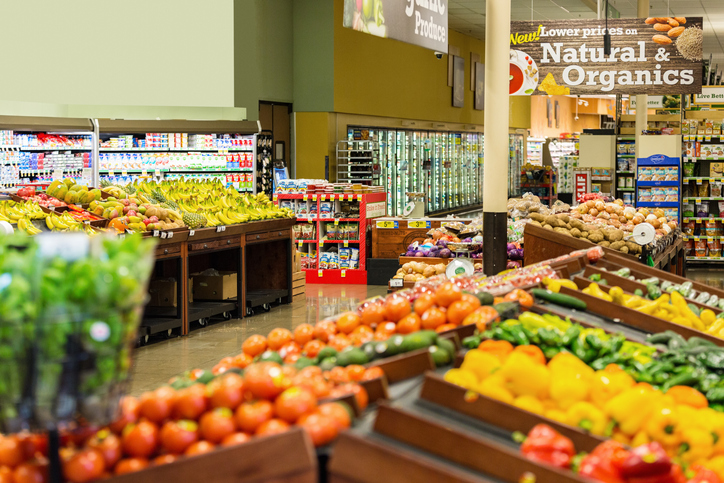Natural lighting is helping retailers boost sales, improve ambience and drive down electricity costs.
Harnessing natural light in-store has a host of benefits for retailers, and even the potential to drastically increase sales, according to a lighting expert.
Incorporating natural lighting into a store environment boosts shopper’s moods, giving consumers a dose of Vitamin D and uplifting their circadian rhythm, the body clock which regulates our alertness, according to commercial manager at Solatube Darryl Wicks.
It’s this process which ultimately makes consumers happy and more eager to buy products in stores which have more natural lighting, he says.
The science of lighting
There is a strong link between natural light and consumer intent to buy, Mr Wicks says.
One US study from Hescong Mahone found that this link is so strong that the presence of natural light can almost double sales, with green design elements such as natural light and ventilation increasing sales by up to 40 per cent.
Mr Wicks says the link between the two is well-known, and more brands should switch to natural forms of lighting.
“It’s like combining retail therapy with light therapy. It harks back to the 1990s when that hallowed haven of US retail, Wal-Mart, began progressively replacing artificial lights with skylights and other natural light sources in many of their stores. Expecting to see their energy bills decline, they also found that natural light produced a large increase in sales for products in certain areas of their stores,” he says.
“Products stored in areas lit by natural light sold in higher numbers than products kept under artificial light, often to a significant degree. By switching the locations of certain products, stores could enhance sales of one and decrease sales of the other.”
The invisible flicker of most artificial lights actually causes our brains to work harder, and tire more easily – an effect which is channeled into consumer decisions, according to Mr Wicks.
“Artificial lighting has a continual flicker on it which makes your brain go into buzz mode, whereas if there’s natural light there are different colour spectrums which make your brain wake up and make you want to buy more,” he says.
Natural lighting also improves the allure of products as it gives shoppers a more accurate sense of the colour of a particular product, he says.
“Natural light is the best colour rendition you can get. People buy more because it looks better. Under good natural light, you get a good true colour rendition,” he says.
Some brands are already tapping into the trend, with retailers such as Macy’s and Bergdorf Goodman embracing the use of natural lighting.
Slicing electricity costs
As well as increasing product appeal for shoppers, natural lighting can also drive down costs for retailers, according to Mr Wicks.
The effect of natural lighting on consumer sentiment is reflected in staff morale, he says, with natural lighting proven to boost productivity.
“People who work in retail stores that use natural light have higher levels of happiness, decreased fatigue, and better output and productivity than their peers. This means a motivated, effective sales team that’s capable of increasing revenue and creating a more effective retail business,” he says.
“In addition to the savings made possible by natural lighting, the increase in revenue that it can lead to makes it an obvious choice for both small and big retailers.”
Natural lighting also has the benefit of reducing overall energy consumption, and according to Mr Wicks, has the potential to halve electricity usage, with one of his clients reducing their consumption from 241kWH to 95kWH.
Despite the host of benefits to be gained in using natural lighting, not enough retailers currently utilise it, according to Mr Wicks.
“Installing natural lighting above checkouts is an excellent way to enhance the mood of customers and increases their likelihood of purchasing products. Due to the forward location of checkouts, customers can benefit from walking in to store and experiencing natural light, as well as departing into natural light,” he says.

